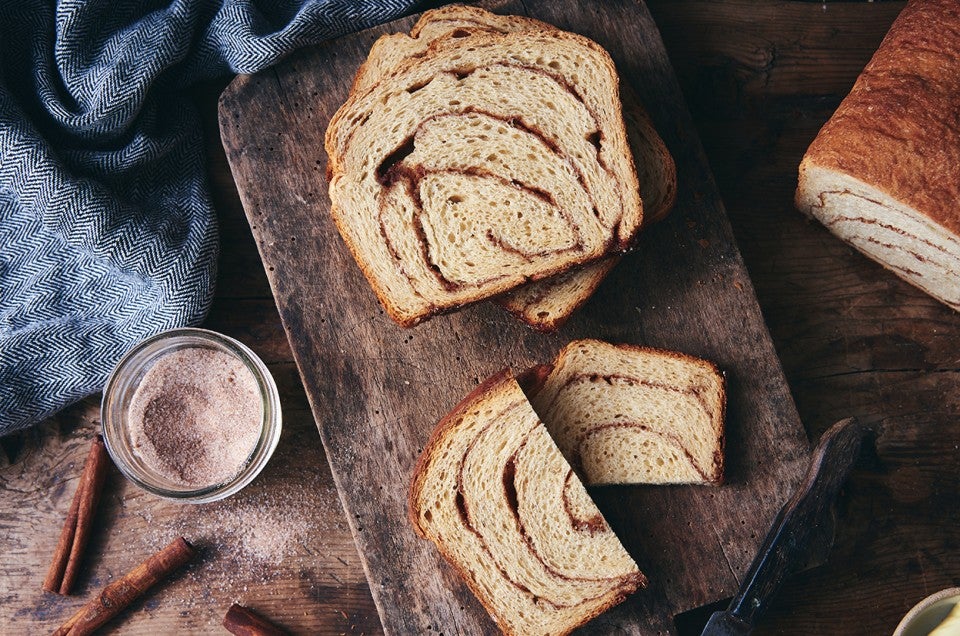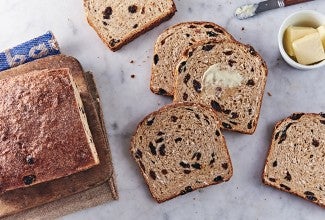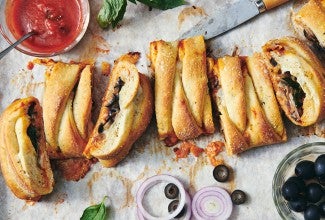-
To make the starter: Weigh your flour; or measure it by gently spooning it into a cup, then sweeping off any excess. In a mixing bowl, combine the water, flour, and yeast, stirring until the flour is evenly moistened. Cover the bowl, and let the starter rest overnight at cool room temperature, for up to 16 hours or so; it'll become a bit puffy, and flatten out.
-
Add the remaining dough ingredients to the starter in the bowl, and mix and knead — by hand, mixer, or bread machine — until you've made a cohesive dough. If you're using a stand mixer, knead at low speed for about 7 minutes. Note that 100% whole wheat dough will never become smooth and supple like dough made with all-purpose flour; it'll feel more like clay under your hands, and may appear a bit rough.
-
Place the dough in a lightly greased bowl, cover the bowl, and allow the dough to rise until it's expanded and looks somewhat puffy, about 90 minutes. Note that dough kneaded in a bread machine will rise faster and higher than bread kneaded in a mixer, which in turn will rise faster and higher than one kneaded by hand. So if you're kneading by hand, you may want to let the dough rise longer than 90 minutes.
-
To make the filling: Whisk together the sugar, cinnamon, and flour.
-
Gently deflate the dough, and transfer it to a lightly oiled work surface. Shape the dough into a long, thin rectangle, about 16" x 9".
-
Brush the dough with some of the beaten egg. Sprinkle the filling onto the dough. Note: Scramble or microwave any egg you don't use; the dog will appreciate it!
-
Beginning with a short edge, gently roll the dough into a log. Pinch the side seam and ends closed. Pat the log gently to shape it into a smooth 9" cylinder, and place it in a lightly greased 9" x 5" loaf pan.
-
Tent the pan with lightly greased plastic wrap or a shower cap, and allow the loaf to rise until it's crowned over the rim of the pan by about 3/4", about 90 minutes. Don't let it rise too high; it'll continue to rise as it bakes. Towards the end of the rising time, preheat the oven to 350°F.
-
Bake the bread for 10 minutes. Lightly tent it with aluminum foil, and bake for an additional 40 to 45 minutes, or until the center registers 190°F on an instant-read thermometer. Remove it from the oven, and turn it out of the pan onto a rack.
-
Run a stick of butter over the top of the hot loaf, if desired, for a softer crust. Allow the bread to cool completely before slicing.




















